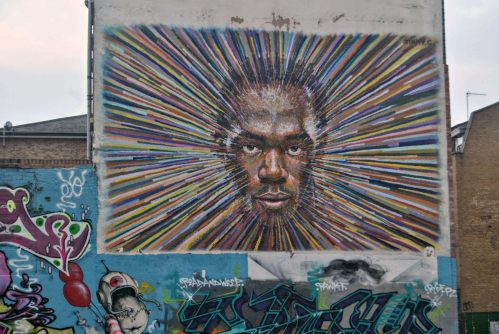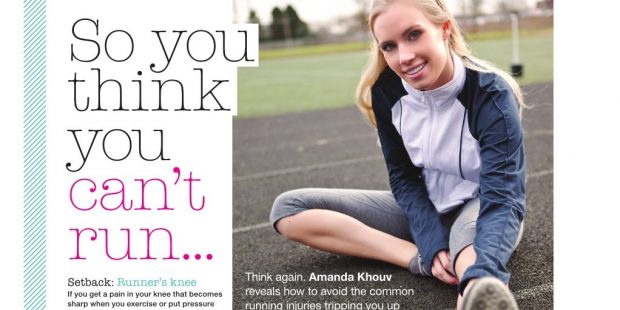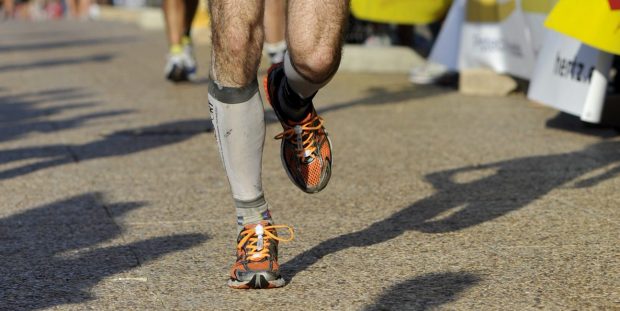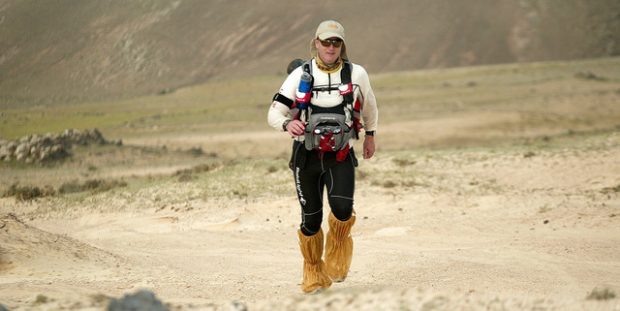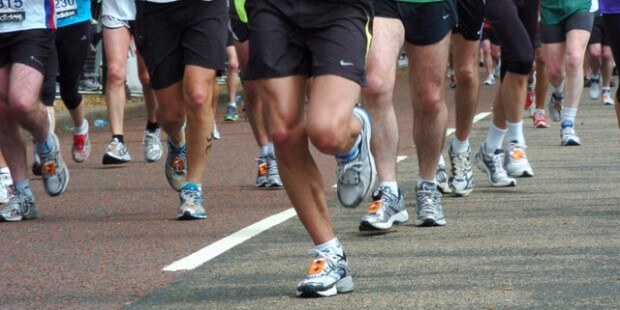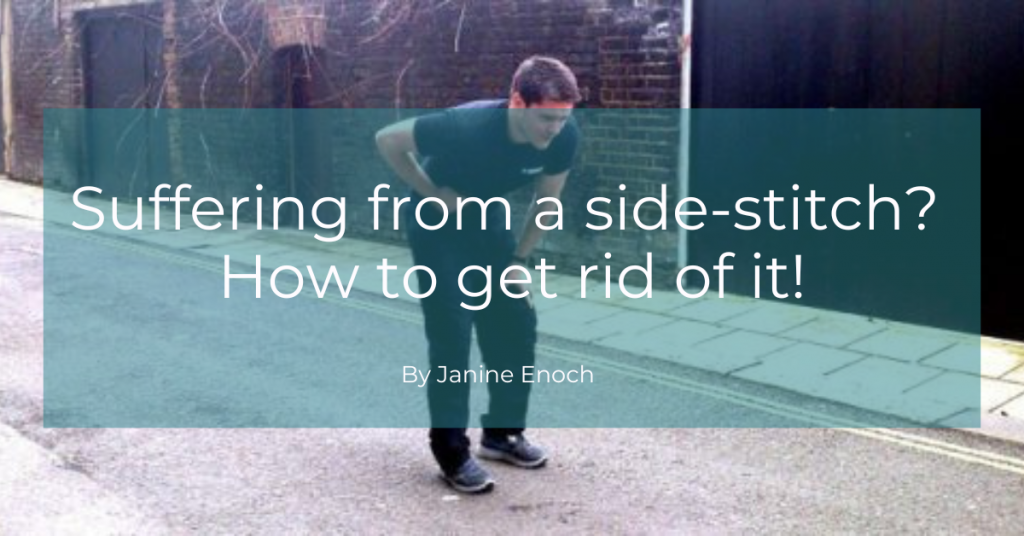
There are more than a million downloads of the couch to 5K running app, running has become one of the most popular sports to kickstart in the summer. For both novice and experienced runners alike, most would have experienced a side stitch (exercise-related transient abdominal pain (ETAP)) at some point.
It is usually experienced just below the ribs, often affecting the right side. It usually results in a complete halt to running!
What are the causes of a side stitch?
- Some biomechanists suggest that it is caused by the reduced blood supply to the diaphragm. The diaphragm is the main muscle we use to breathe. This theory however has been largely disregarded as a possible reason for pain.
- Other medical scientists have proposed that pain was due to the downward pulling of visceral ligaments (ligaments that connect your abdominal organs such as the spleen, liver and stomach). This mechanism couldn’t explain why swimmers could experience stitches because these ligaments are not pulled downwards during a swim.
- A more plausible and recent theory is parietal peritoneum irritation. The parietal peritoneum is one of two membranes that lines the abdomen. This membrane has a good nerve supply. The other membrane is called the visceral peritoneum. Between these two layers, is a naturally occurring fluid, which helps to allow the two membranes to slide against each other
- When the stomach is full, the two layers can rub against each other and can cause pain.
- If we don’t drink enough water, our parched bodies can become dehydrated. This can compromise the amount of fluid lying between the two membranes causing friction. Which in turn can cause that sharp pain in your side!
- Eating or drinking just before running causes the stomach to expand and distend. This too can cause a build-up of pressure against the membrane.
- Other factors include poor fitness, insufficient warm-up, and abdominal or core muscle weakness
Top Tips to avoid a stitch:
- Eat 1.5 to 2 hours before exercising, preferably carbohydrate richer and protein poorer meal.
- Before you run, ensure that you have drank enough fluid. The more slowly you do this, the better.
- Plan the progression of your running regime- by consulting your Physio, Personal trainer, or Running coach. Progressive gradual increases of no more than 10% of training volume a week are recommended to both keep injury-free and stitch-free.
- Include Pilates and other core stability exercises specifically for running as part of your strength and conditioning routine.
Top Tips if you have a stitch:
- Lower the intensity of your run. Slowing down to about 50% of your current effort will ease the tension you feel.
- Are you breathing through your mouth? Try nasal breathing instead! This will encourage breathing from your diaphragm and have loads of other health benefits too!
- Breathe deeply in for 4 sec, hold for 5sec, and breathe out for 7 sec. Breathing control is a powerful tool to stop that stitch in its tracks!
- Then, apply firm and gentle pressure on the painful area for a few seconds until the pain dissipates.
- Raise your arm above your head and side bend away from the pain.
References
Characteristics and Etiology of Exercise-Related Transient Abdominal Pain,’ Medicine and Science in Sports and Exercise, Volume 32 (2), pp. 432-438, 2000
The Lore of Running, Tim Noakes, Publisher: Human Kinetics Publishers Date Published: 1991
Johnson. “Side Stitches: Cause and Cure”. Retrieved 9 September 2011.
Quinn, Elizabeth. “The Side Stitch”. About.com. Retrieved 4 November 2012
Sports Medicine 32(6): 2002. 261-269 The human spleen during physiological stress, Stewart & McKenzie

